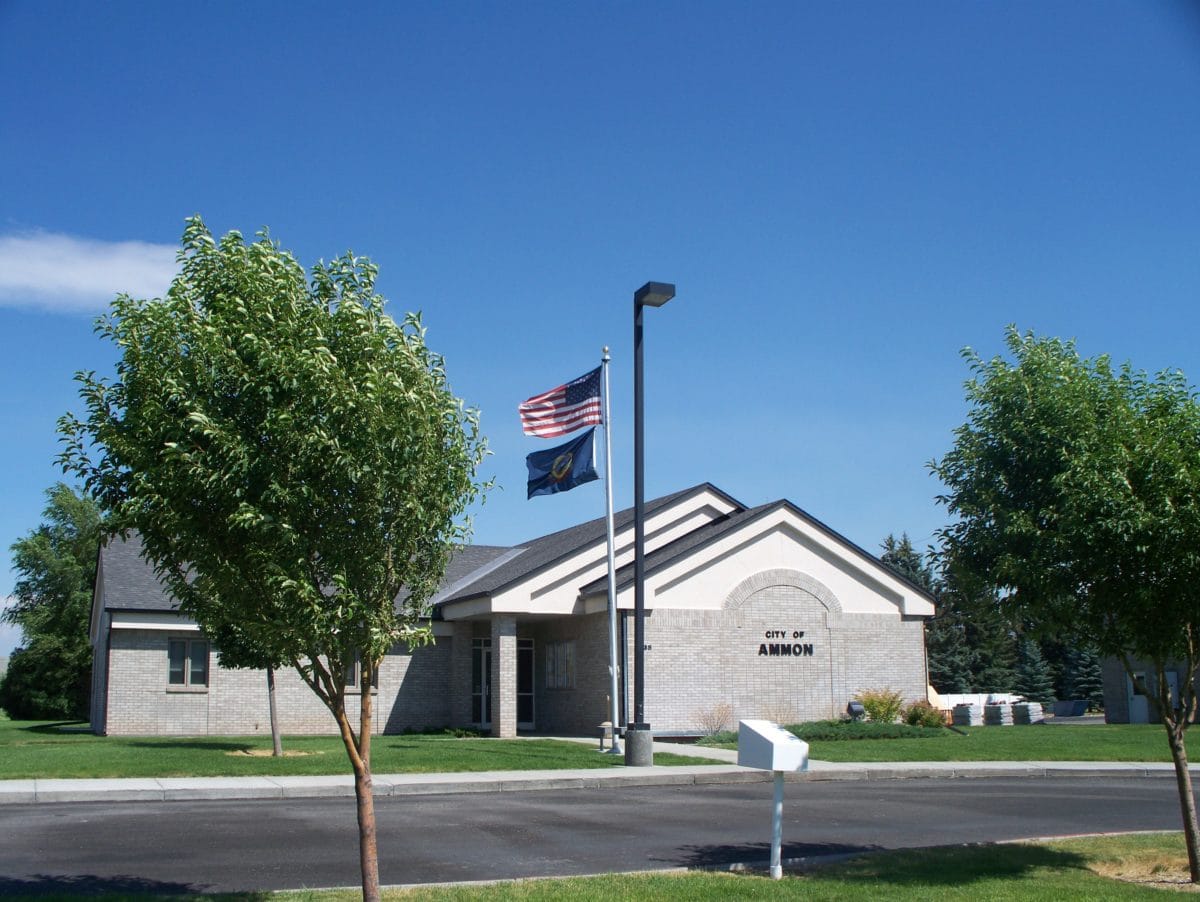Cable Industry Touts Energy Efficiency, Next Century Highlights Open Access Fiber, Aspen Forum Set
Nearly 100 percent of internet modems, routers, and other equipment sold to residential broadband subscribers in 2018 met the energy-efficiency standards of the Voluntary Agreement for Ongoing Improvement to the Energy Efficiency of Small Network Equipment, according to a new report from auditor D+R
Em McPhie

Nearly 100 percent of internet modems, routers, and other equipment sold to residential broadband subscribers in 2018 met the energy-efficiency standards of the Voluntary Agreement for Ongoing Improvement to the Energy Efficiency of Small Network Equipment, according to a new report from auditor D+R International.
“The signatories have increased their percentage of devices meeting Voluntary Agreement levels for three consecutive years while offering more capable and powerful broadband services and equipment to consumers,” said Neal Goldberg, NCTA General Counsel.
“Consumers have expected more from their home Internet devices to support higher-speed services, increased Wi-Fi capacity within their homes, and Internet of Things (IoT) devices, which has challenged the industry to meet these demands while still improving energy efficiency,” Goldberg added.
Led by the Consumer Technology Association, the Internet & Television Association, and CableLabs, the agreement includes all major U.S. broadband internet service providers and small network equipment retailers. The initiative was named Project of the Year by Environmental Leader.
“The signatories have demonstrated their significant commitment to energy efficiency by going over and above their voluntary commitments to achieve the new levels two years early,” said Debbie Fitzgerald, director of the energy efficiency program at CableLabs. “However, work remains ahead to continue to offer devices that meet these rigorous energy standards in 2020 and beyond while still meeting consumer demands for ever-increasing functionality of their internet services.”
Fact sheet from Next Century Cities features open access in Ammon, Westminster and Fort Collins
A recent fact sheet from Next Century Cities described some of the many different paths various cities have taken to achieve better connectivity. The city of Ammon, Idaho allows several internet service providers to offer service through publicly owned fiber infrastructure with an open access model.
“Fiber has the ability to make our cities more connected, more educated, safer, and more creative and business driven,” said Ammon Mayor Sean Coletti.
Westminster, Md. and San Jose, Calif. have used public-private partnerships. In Westminster, independent ISP Ting provides service over city-owned fiber infrastructure. San Jose negotiated agreements with private providers to deploy small cells throughout the city and is now on track to become home to the country’s largest 5G deployment.
Fort Collins, Colo. and Wilson, N.C. both utilize municipal networks to provide high speed internet access to residents and businesses.
Other models highlighted by Next Century Cities include internet access cooperatives, conduit systems, and institutional networks.
Panelists set for Technology Policy Institute Aspen Forum Next Week
The Technology Policy Institute has announced the panelists for the 2019 Aspen Forum. Panelists will be speaking at four informal sessions, titled “FCC & NTIA Transition Team,” “FTC & DOJ Transition Team,” “Blockchain,” and “Embedding a Culture of Evidence-Based Policymaking in Government: Next Steps.”
(Photo of Ammon City Building by Zechariah Judy used with permission.)










Member discussion